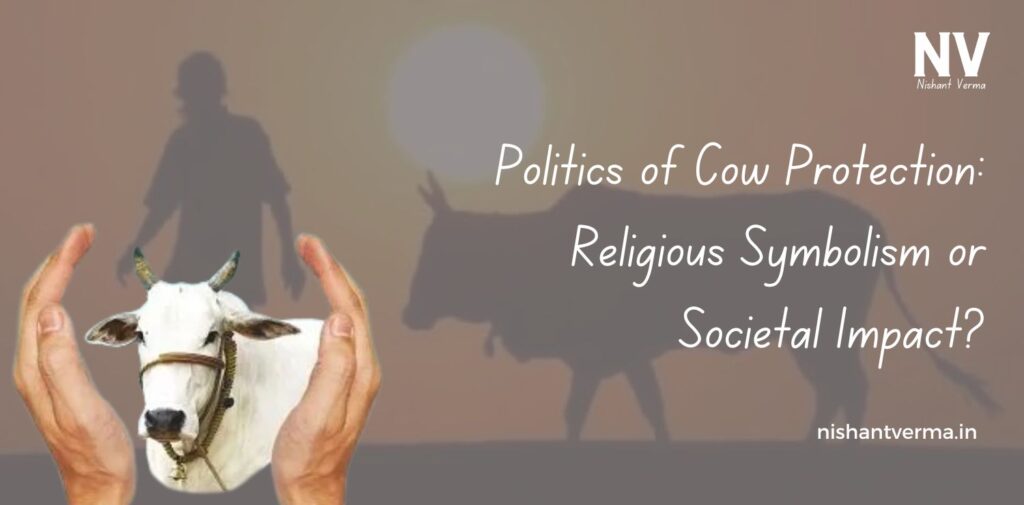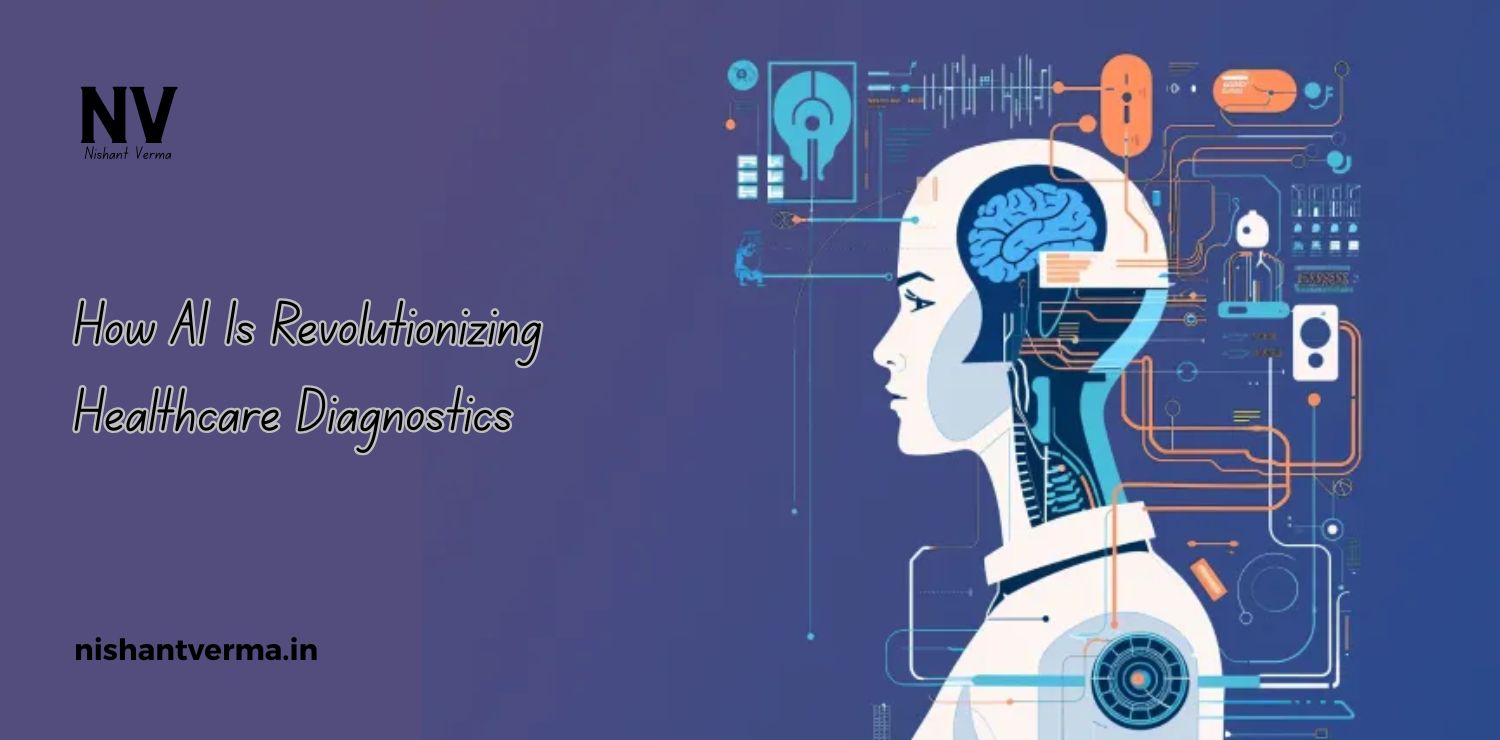The debate around cow protection in India is deeply rooted in religion, culture, and politics. It’s a topic that brings together emotional, religious, and societal perspectives. At its core, cow protection is not just about safeguarding an animal; it has become a symbol of cultural identity, moral values, and even political power. But over time, the issue has also shifted from a purely religious concern to one that has a significant societal impact. So, is cow protection simply religious symbolism, or has it evolved into something that impacts society at large? Let’s explore how cow protection has changed over the years and why it remains a highly charged topic today.
The Cow in Religious Context: A Sacred Symbol
In Hinduism, the cow has long been regarded as a symbol of purity, non-violence, and prosperity. According to ancient scriptures, the cow is associated with the goddess Kamadhenu, who is believed to be the mother of all cows. The cow’s role in religious rituals and its symbolism of life and fertility are deeply ingrained in Hindu traditions. Because of its association with these positive qualities, the cow is often seen as sacred and deserving of protection.
Historically, many Hindu kings and rulers passed laws to protect cows, seeing this as part of their duty to uphold dharma (moral order). Cow slaughter was banned in several Indian kingdoms, reflecting the reverence that the animal commanded. Even today, for many Hindus, the cow remains a revered animal, and protecting it is seen as a religious duty.
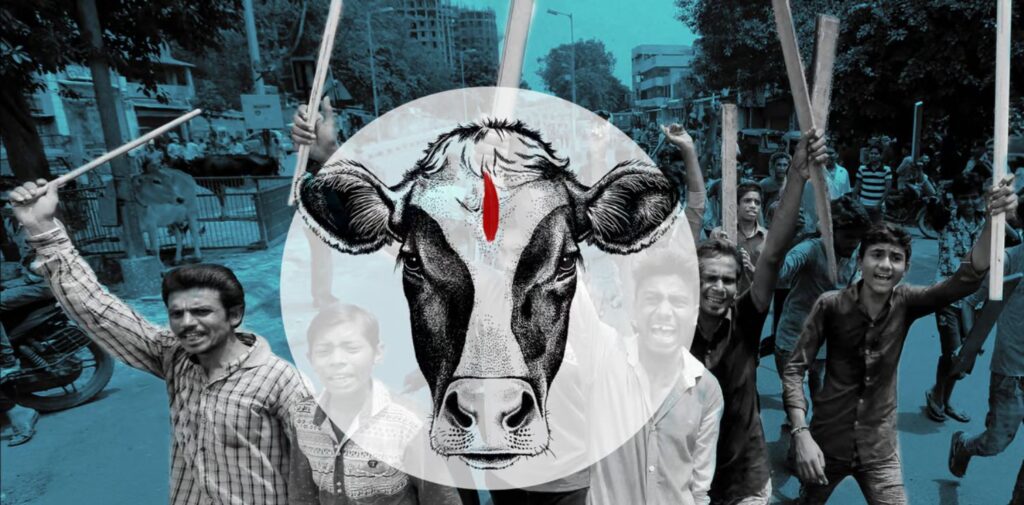
The Political Shift: Cow Protection and Nationalism
As India moved towards independence in the early 20th century, the issue of cow protection took on a new political dimension. Leaders like Mahatma Gandhi championed the cause of cow protection, seeing it as an important part of the fight against British colonial rule. Gandhi believed that protecting cows was a way to promote non-violence (ahimsa) and strengthen India’s moral fabric.
In the post-independence era, cow protection became a symbol of Hindu identity, especially during times when religious nationalism gained ground. Political parties, particularly those associated with the Bharatiya Janata Party (BJP), began to use the cow as a tool to mobilize voters, often linking it to the broader idea of Hindutva (Hindu nationalism). This connection between cow protection and Hindu identity has made the issue more contentious in contemporary politics, often pitting it against the interests of religious minorities, especially Muslims, who may use beef in their cuisine and culture.
The Rise of Cow Protection Laws and Societal Impact
As cow protection gained political weight, various states in India introduced laws banning cow slaughter. These laws are meant to preserve the religious sentiments of Hindus, but they have had a significant societal impact. In many parts of India, these laws have created tension and conflict between different religious communities, especially between Hindus and Muslims, as the consumption of beef is common in some Muslim communities.
The cow protection movement has also led to violent incidents. In recent years, there have been reports of lynchings, mob violence, and other forms of social unrest related to accusations of cow slaughter or beef consumption. While the majority of Hindus support the ban on cow slaughter as part of their religious values, there are also calls for greater tolerance and understanding. The debate becomes more complex when it intersects with issues of personal freedom, economic livelihood (for example, the leather industry), and the rights of religious minorities.
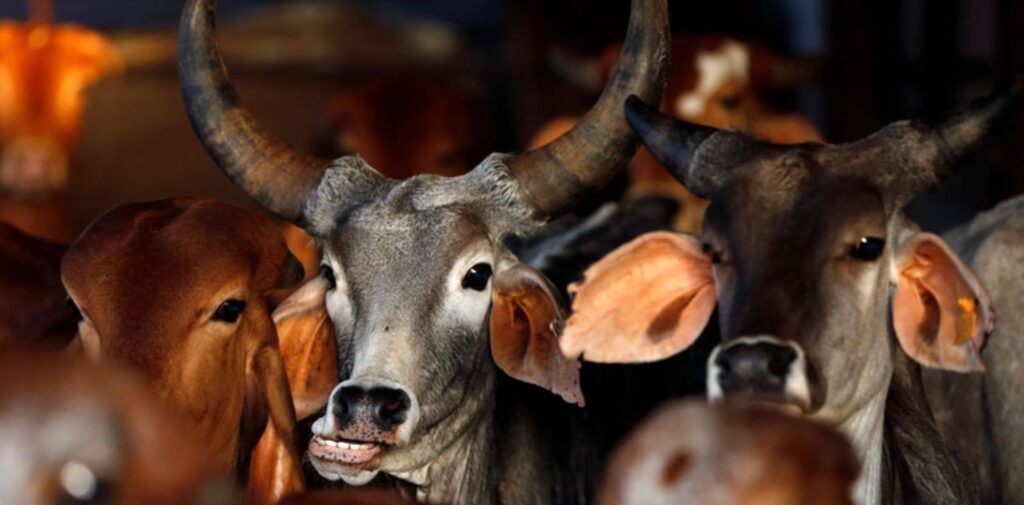
Politics of Cow Protection vs. Economic Considerations
Another important factor in the politics of cow protection is its economic impact. The cow is not only a religious symbol but also a source of livelihood for many people. In rural areas, cows are often used for dairy production, which is an important part of India’s agricultural economy. At the same time, cows are also valuable for the leather industry, which employs millions of people.
The economic impact of cow protection laws is significant. In many parts of India, cow slaughter is a major industry, employing thousands of people in the leather, meat, and agricultural sectors. When states ban cow slaughter, it often disrupts these industries, leading to the loss of jobs and economic hardship for those dependent on this trade. On the other hand, the growing demand for milk and dairy products has led to a surge in cattle farming, which benefits many rural economies.
Thus, cow protection, while rooted in religious values, also intersects with practical concerns about economic growth, employment, and food security. The societal impact of cow protection laws can be seen in the tensions between religious symbolism and economic realities.
The Controversial Role of Cow Vigilantism
In recent years, cow protection has also been associated with the rise of “cow vigilantism”—groups of self-styled protectors who take the law into their own hands. These groups often target individuals they suspect of being involved in the illegal slaughter of cows or selling beef. The rise of cow vigilantism has sparked widespread debate and concern about the growing intolerance and violence in society. While some people argue that these vigilantes are simply protecting the cow, others see them as an expression of growing religious extremism and a threat to social harmony.
In some instances, cow protection has become a cover for mob violence, with people from marginalized communities, including Dalits and Muslims, facing physical attacks. The societal impact of such acts has been devastating, not only because of the human cost but also because it deepens the divide between different communities. It raises critical questions about religious freedom, the rule of law, and the place of violence in a democratic society.
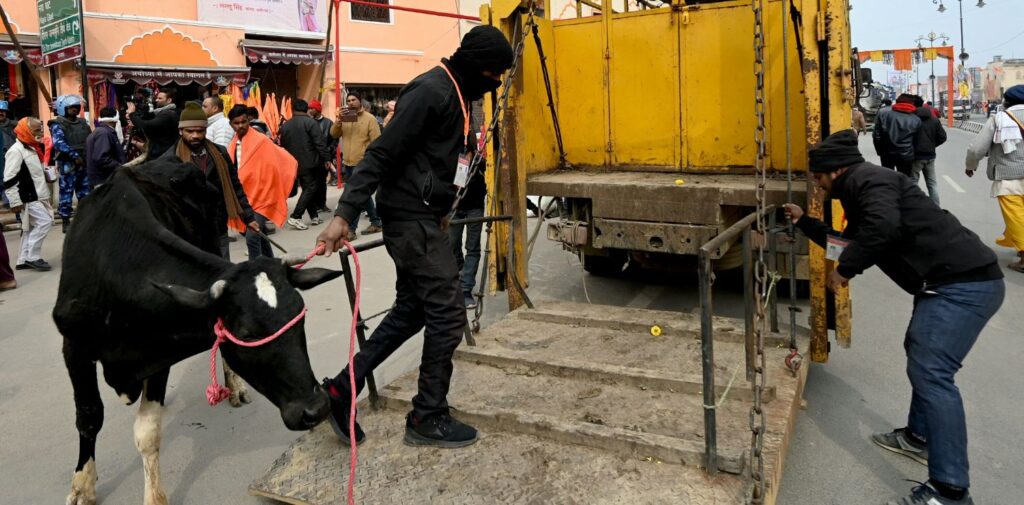
A Call for Balance: Cow Protection and Social Harmony
While cow protection continues to be an important issue for many Hindus, it is essential to find a balance between religious sentiments and the need for social harmony. India is a diverse country with people of different religions, cultures, and economic backgrounds. As such, laws and policies related to cow protection must respect both the religious feelings of Hindus and the rights of other communities.
For instance, some argue that laws banning cow slaughter should allow for exceptions, such as for the needs of certain communities or for the economic survival of people who depend on the beef industry. Others suggest that instead of focusing solely on religious symbolism, a more holistic approach should be adopted—one that takes into account the welfare of animals, economic considerations, and the rights of all citizens.
Furthermore, there is a growing call for tolerance and mutual respect between religious communities. While protecting the cow is important to many Hindus, it should not be done at the expense of fostering division, violence, or fear among different groups. Promoting dialogue, understanding, and respect for different cultures and traditions is the key to maintaining peace and social cohesion.
Conclusion: Religious Symbolism or Societal Impact?
The politics of cow protection is a complex issue that goes beyond mere religious symbolism. While the cow holds deep religious significance in Hinduism, its role in modern India has expanded to include political, social, and economic dimensions. The societal impact of cow protection laws is profound, affecting everything from communal relations to economic livelihoods and individual freedoms.
In the end, cow protection is not just about protecting an animal; it is about finding a balance between cultural traditions, economic realities, and the rights of all citizens. It’s a call for respect and tolerance, and for ensuring that the pursuit of one community’s religious values does not come at the cost of another’s freedom or dignity. As India continues to navigate the complexities of this issue, it will need to remember that true protection of both cows and people can only come through empathy, understanding, and peaceful coexistence.

